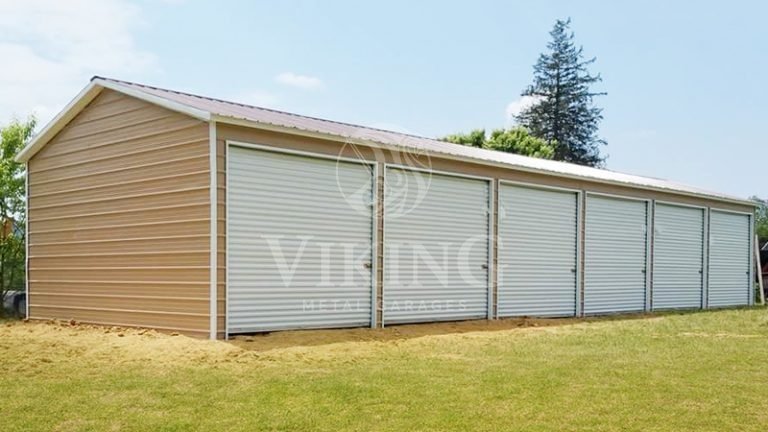The Philippines has never had a greater need for qualified architects in the fast-paced, design-forward world of today. Architecture has a significant influence on how we live, work, and engage with our surroundings, from smart cities and sustainable housing to business centres and innovative public areas. For this reason, picking the best architecture course in the Philippines can be crucial for companies and developers looking for creative thinkers who appreciate both form and function, as well as for aspiring artists.
This guide explains everything you need to know, from what the course covers to how it aligns with current industry standards, whether you are a parent guiding your child, a business leader considering design-minded talent in the long run, or a student considering career paths.
Why Choose an Architecture Course in the Philippines?
Building sketches are only one aspect of architecture in the Philippines; another is designing for community, culture, and climate. The need for innovative problem-solvers in this field is only going to grow due to the nation’s rapid urbanisation and high demand for sustainable infrastructure. A distinct advantage comes from studying architecture locally. From ultra-modern skyscrapers to eco-homes inspired by bahay kubo, Filipino architecture combines innovation and tradition.
Along with technical knowledge, students also acquire a profound understanding of local context, which is a great advantage in the workplace. Let us also discuss accessibility: education in the Philippines is still of very high quality, particularly in institutions that combine classroom instruction with real-world experience, even though tuition costs are much lower than in Western programmes. For those who wish to advance their careers while maintaining a sense of connection to their heritage, this is the perfect setting.
What to Expect from an Architecture Program
Every year of a five-year architecture bachelor’s degree is a climb, from learning the fundamentals to creating intricate, practical designs. Building technologies, sustainability strategies, design principles, architectural history, structural systems, and digital tools like AutoCAD and BIM (Building Information Modelling) are just a few of the many topics you will study. Spatial awareness, critical thinking, and problem-solving are heavily emphasised.
And yep, it’s rigorous. Students work long hours in studios making plans, models, and getting ready for critiques. The benefits are enormous, though, as you are not merely learning facts; you are cultivating a strong design mindset. Early on in architecture programmes, the professional world is also simulated. You will be working with others, presenting your ideas, and defending your concepts—just like in the field. To give students a competitive edge, some schools even offer elective courses related to business, entrepreneurship, or urban development.
Key Features of a Competitive Architecture School
The school you choose is crucial if you want to make a name for yourself in the field because not all architecture programmes are created equal. Project-based learning, where students gain practical experience with real-world scenarios, should be available at a top architecture school. Seek out courses taught by experts who are currently employed in the field. Beyond merely imparting knowledge, these mentors contribute new and useful perspectives to class discussions.
Facilities are important as well. Reputable universities give students access to fully furnished design labs, virtual reality tools, 3D printers, and laser cutters. The transition from traditional draughting to contemporary tech-driven design is facilitated by this type of arrangement. Industry connection is another important component. Schools that provide internships or company connections give students the opportunity to work with actual businesses, obtain important exposure, and establish early professional networks.
Lastly, consider the culture of the school. An atmosphere that fosters creativity, innovation, and teamwork can have a significant impact on your development as a designer and your self-assurance when you start working.
Top Schools Offering an Architecture Course in the Philippines
There are numerous architecture schools in the Philippines that are excellent at producing professionals of tomorrow. These schools frequently incorporate technology, creativity, and community values into their curricula. Seek out educational institutions that emphasise sustainability, use cutting-edge industry resources, and employ contemporary teaching techniques. Extra points if they have a reputation for excellent graduate results, scholarship support, and flexible payment plans.
The ability of the top programmes to blend design education with practical experience, producing graduates who are equally proficient in software and structural theory, is often what distinguishes them from one another. Pro tip? Look into initiatives that provide company partnerships, capstone projects, and mentorship. When the school views your education as a launching pad rather than a checklist, you will know you have found a great fit.
Is Architecture Right for You?
Being an architect is a daring career choice, and not everyone is cut out for it. But for the right mind, it’s the perfect balance between art and science. This might be your thing if you enjoy problem-solving, creating things from the ground up, and envisioning how spaces impact people’s lives. Architects are frequently both analytical and creative. While aesthetics are important to them, they also consider factors like budget, climate, airflow, and how people move through a space.
Perseverance is just as important as passion. Students studying architecture have a reputation for being resilient, good time managers, and lifelong learners. You might be a good fit for this course if that describes you.
Application Tips for Aspiring Architecture Students
The process of applying to an architecture school in the Philippines is typically simple but competitive. A high school degree, entrance exam results, and occasionally an interview are prerequisites for the majority of programmes. Additionally, some schools request a simple drawing test or even a mini-portfolio to assess your creative instincts. It is about potential, not perfection, so do not worry.
Financial aid programmes and scholarships are provided by numerous institutions. If money is an issue, consider government-accredited grants or flexible installment plans. Make sure the school offers a robust internship programme, a current curriculum, and access to digital resources before submitting an application. It is encouraging that they are preparing students for success beyond a degree.
Life as an Architecture Student in the Philippines
Studying architecture is a way of life, not just a course. Anticipate late nights spent sketching, printing, and revising, as well as perhaps experiencing a brief existential crisis in between critiques. But also? Expect growth. You’ll form close bonds with classmates (aka your future collaborators), take site visits that inspire new ideas, and work on projects that challenge you to design for real people in real spaces.
The best programs offer modern learning environments: think open studios, smart classrooms, and access to professional software. Beyond the technical aspects, a top architecture school cultivates a creative, encouraging community that supports you even when the workload becomes overwhelming.
Key Takeaway
More than just an academic endeavour, an architecture course in the Philippines serves as a springboard for a meaningful, design-driven career. Skilled architects are becoming more and more valuable as cities expand and the demand for sustainable, human-centered spaces rises. The foundation for your future is laid by selecting the appropriate programme. Regardless of whether you are motivated by innovation, tradition, or both, consider your options. Seek out an educational institution that empowers students through experiential learning, cutting-edge resources, and a nurturing creative community. It could begin with you. The future of design is waiting.















Leave a Reply